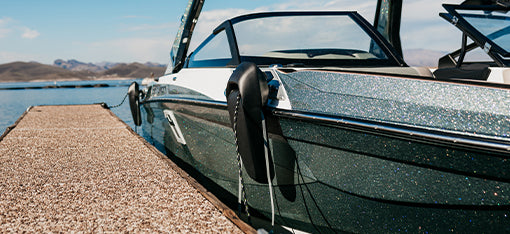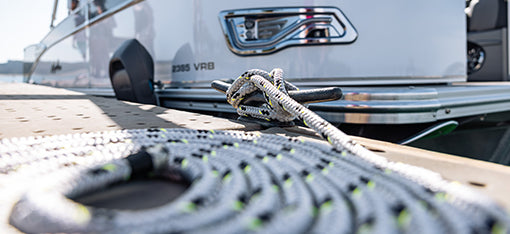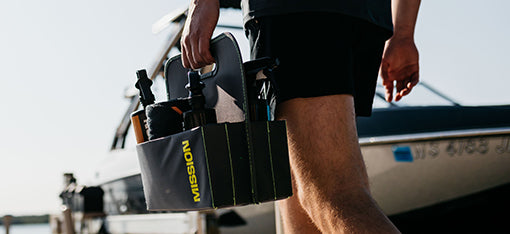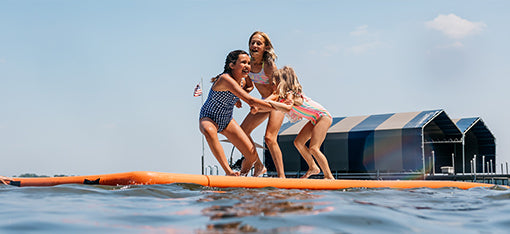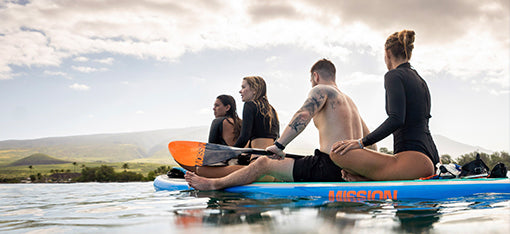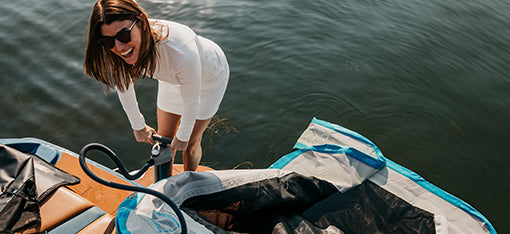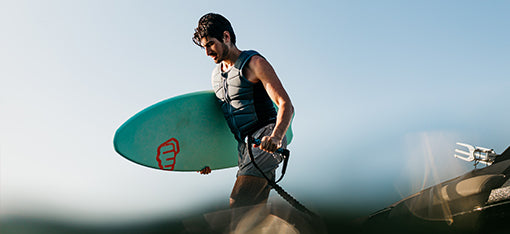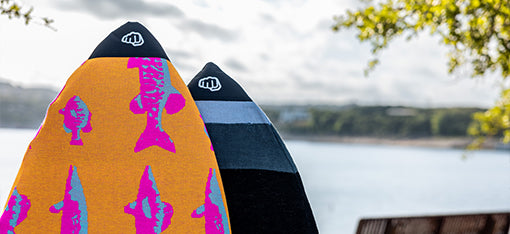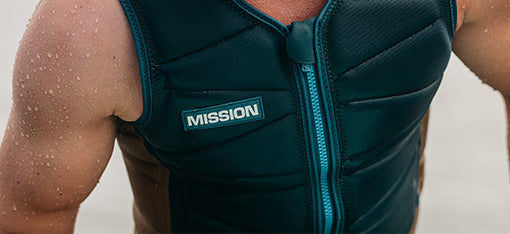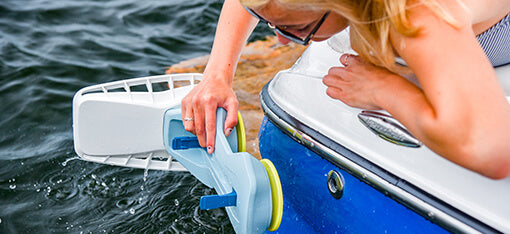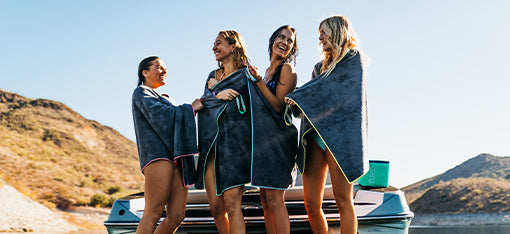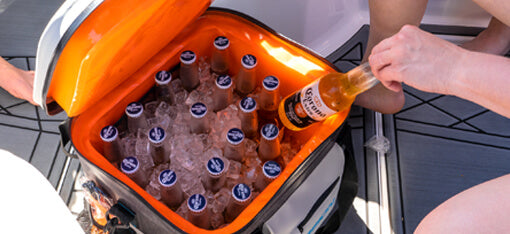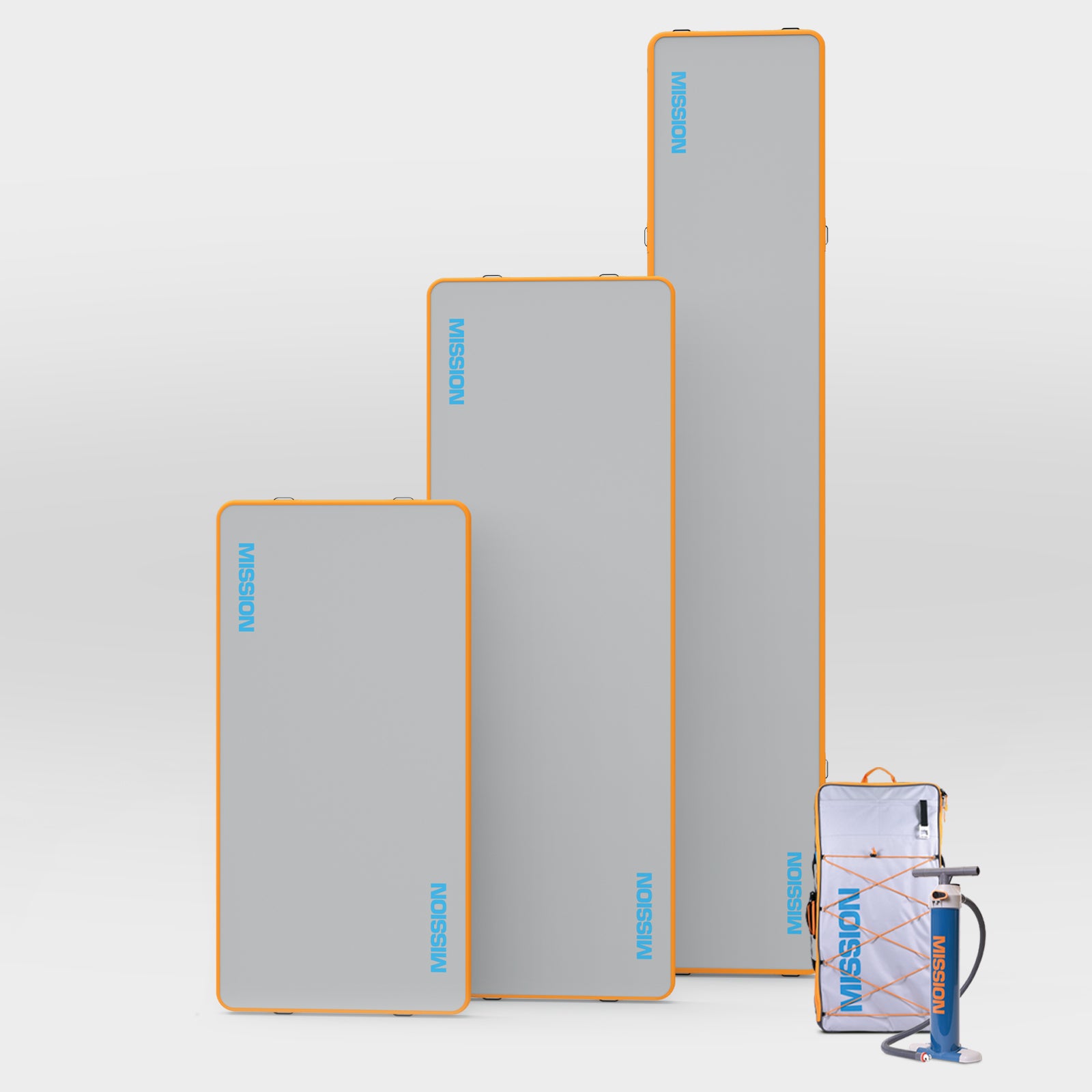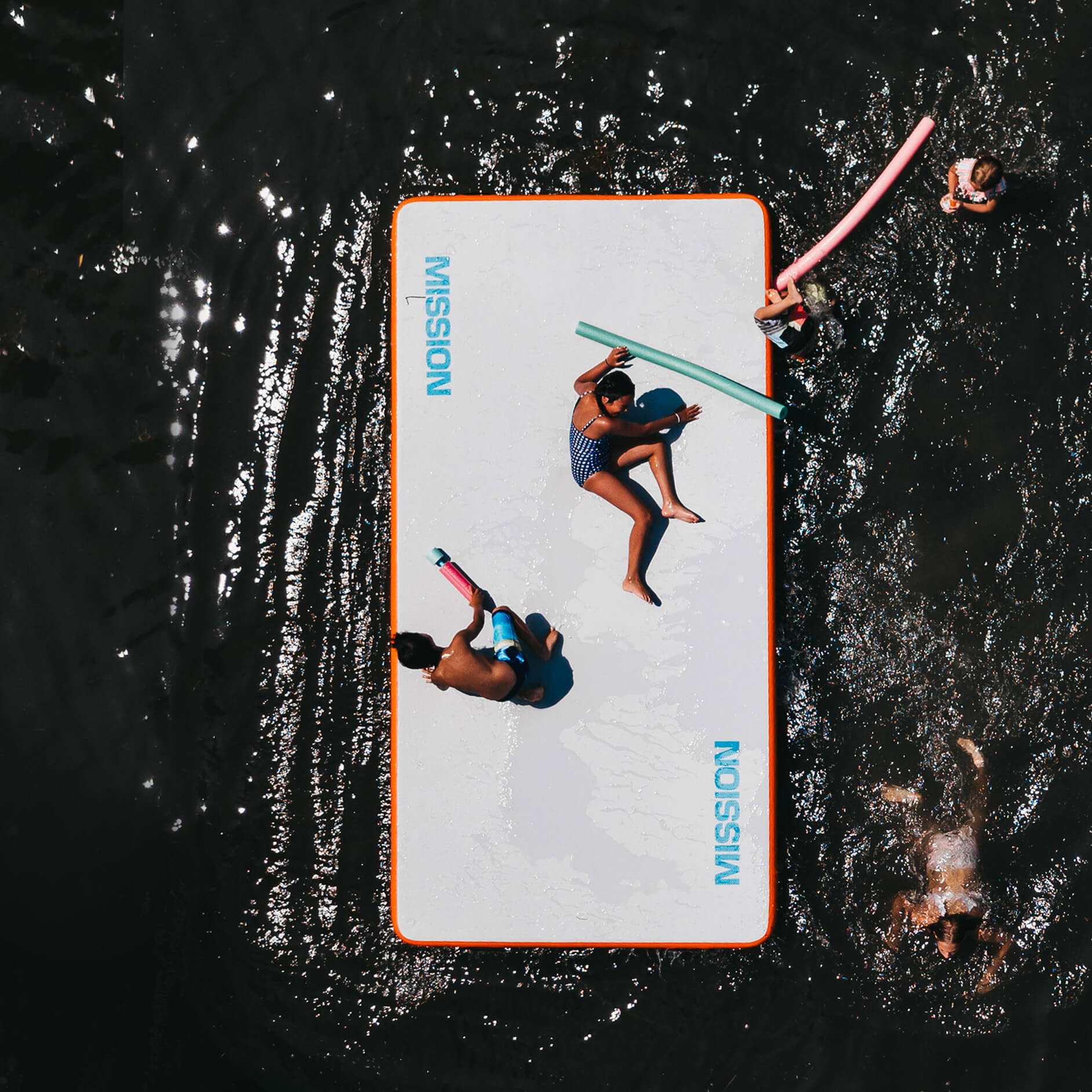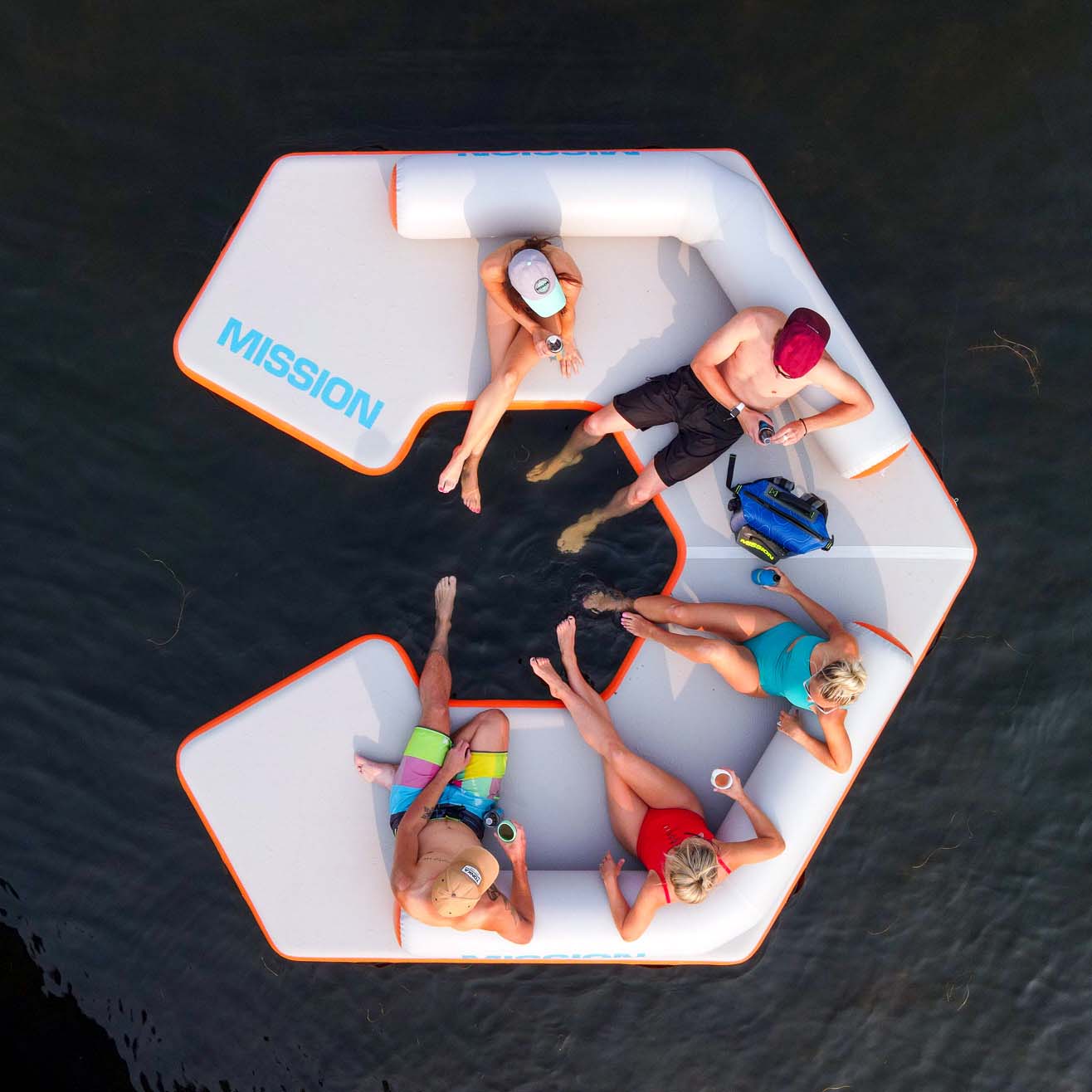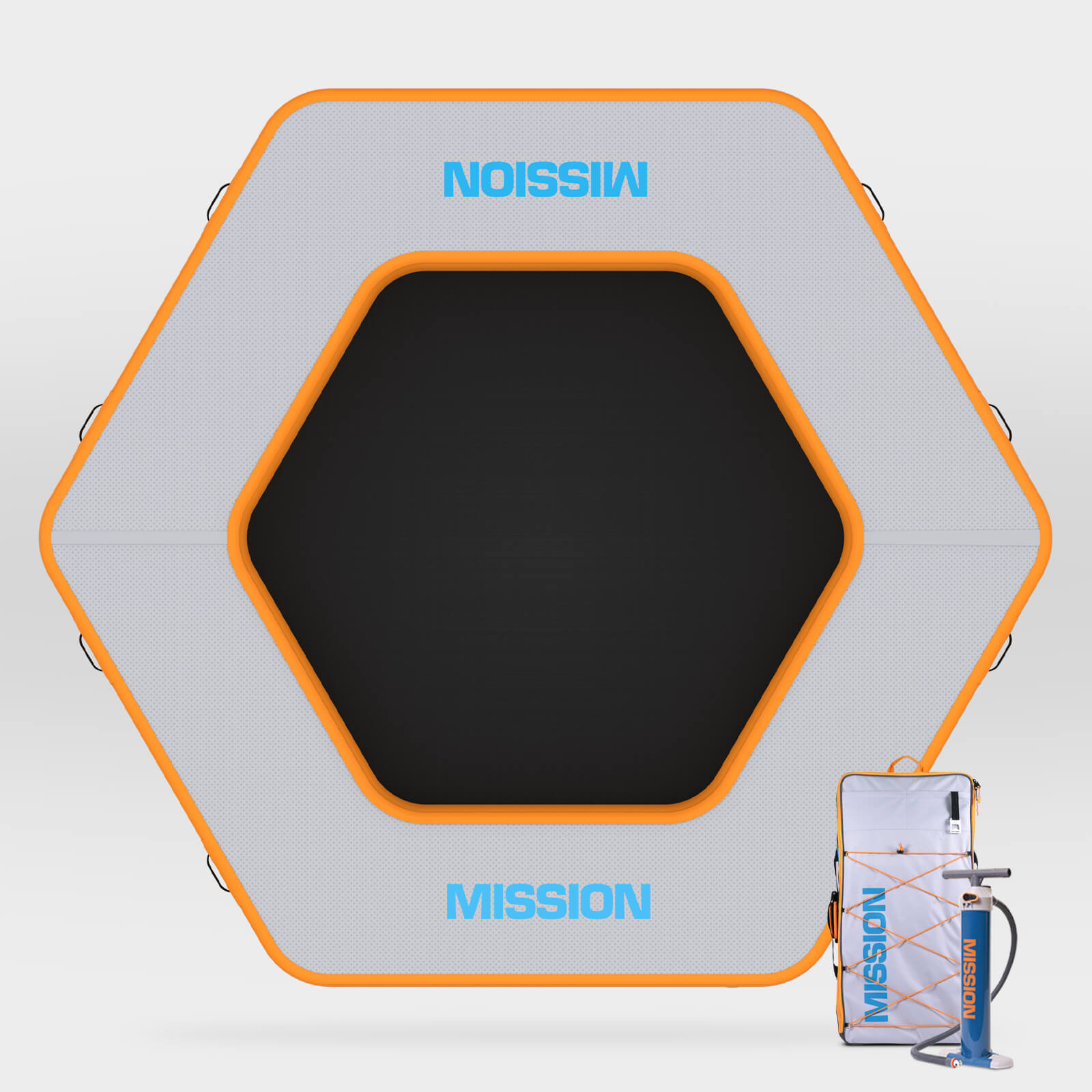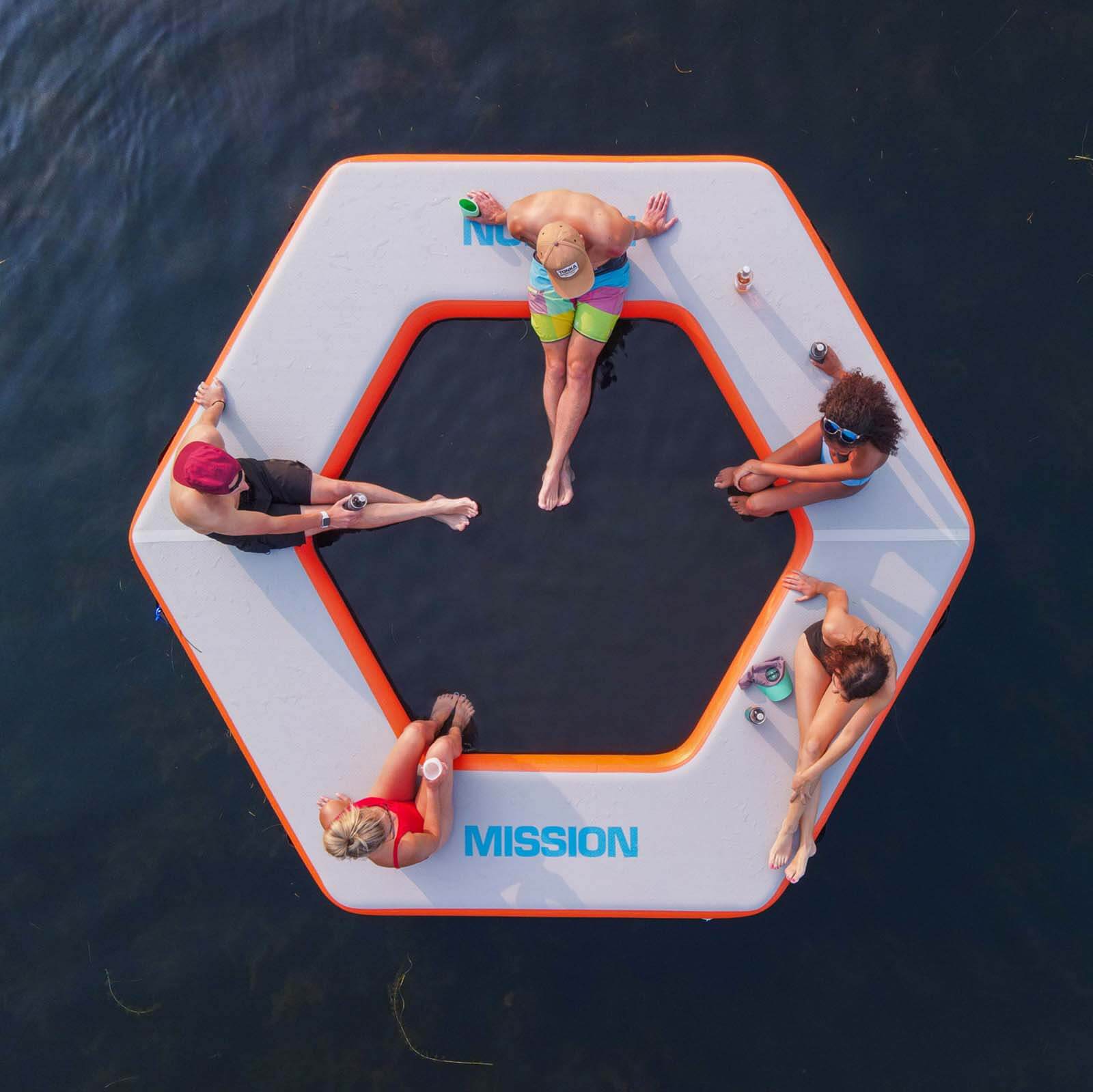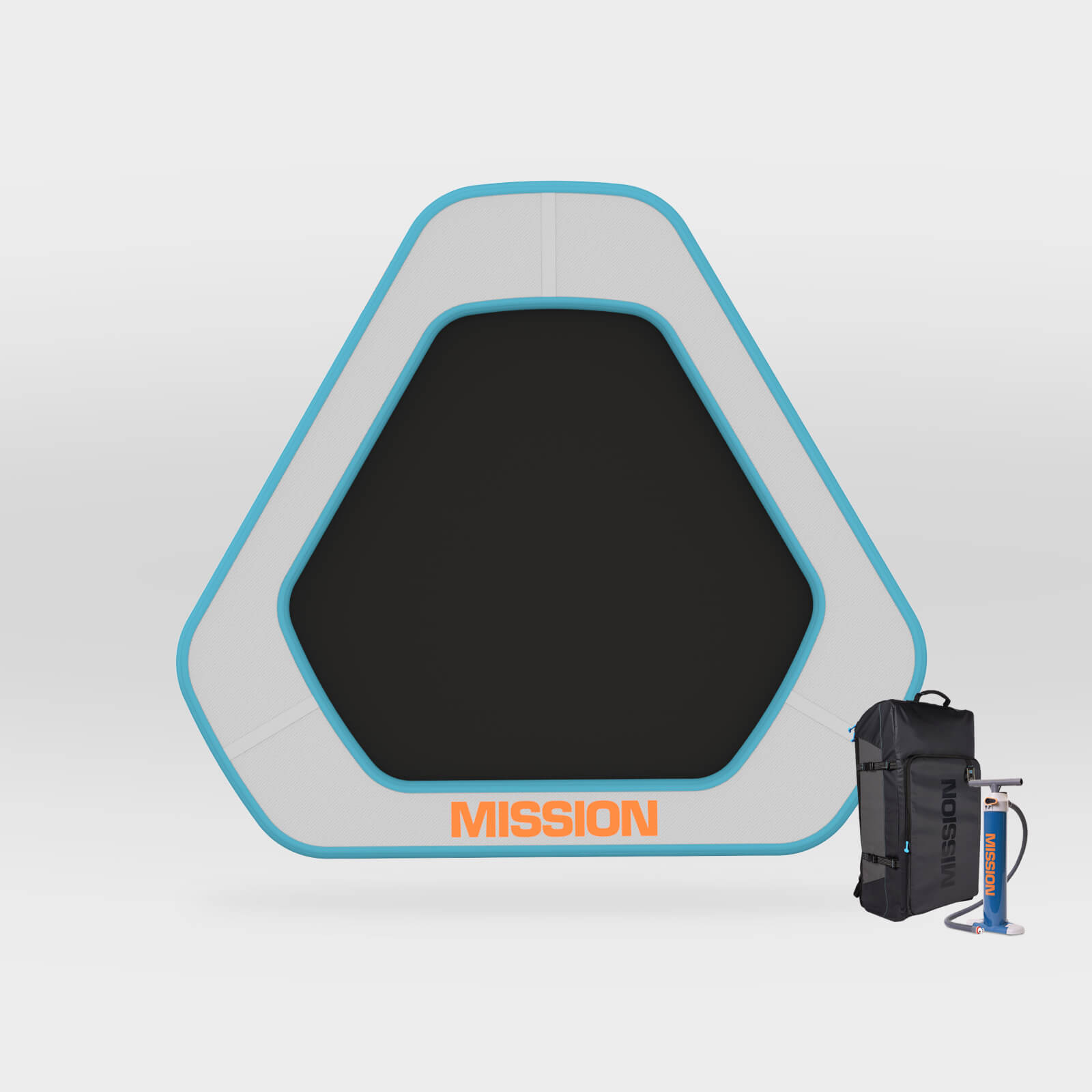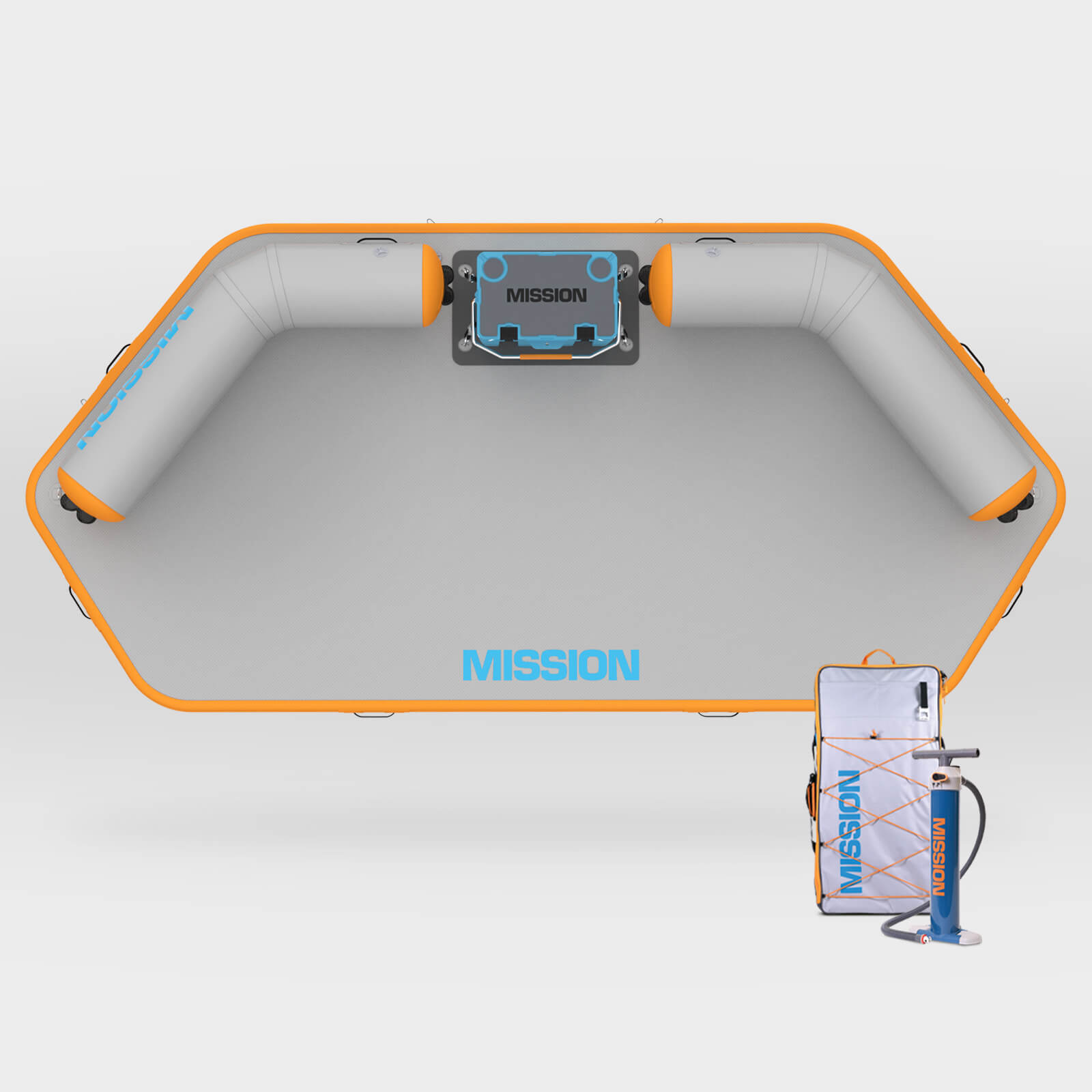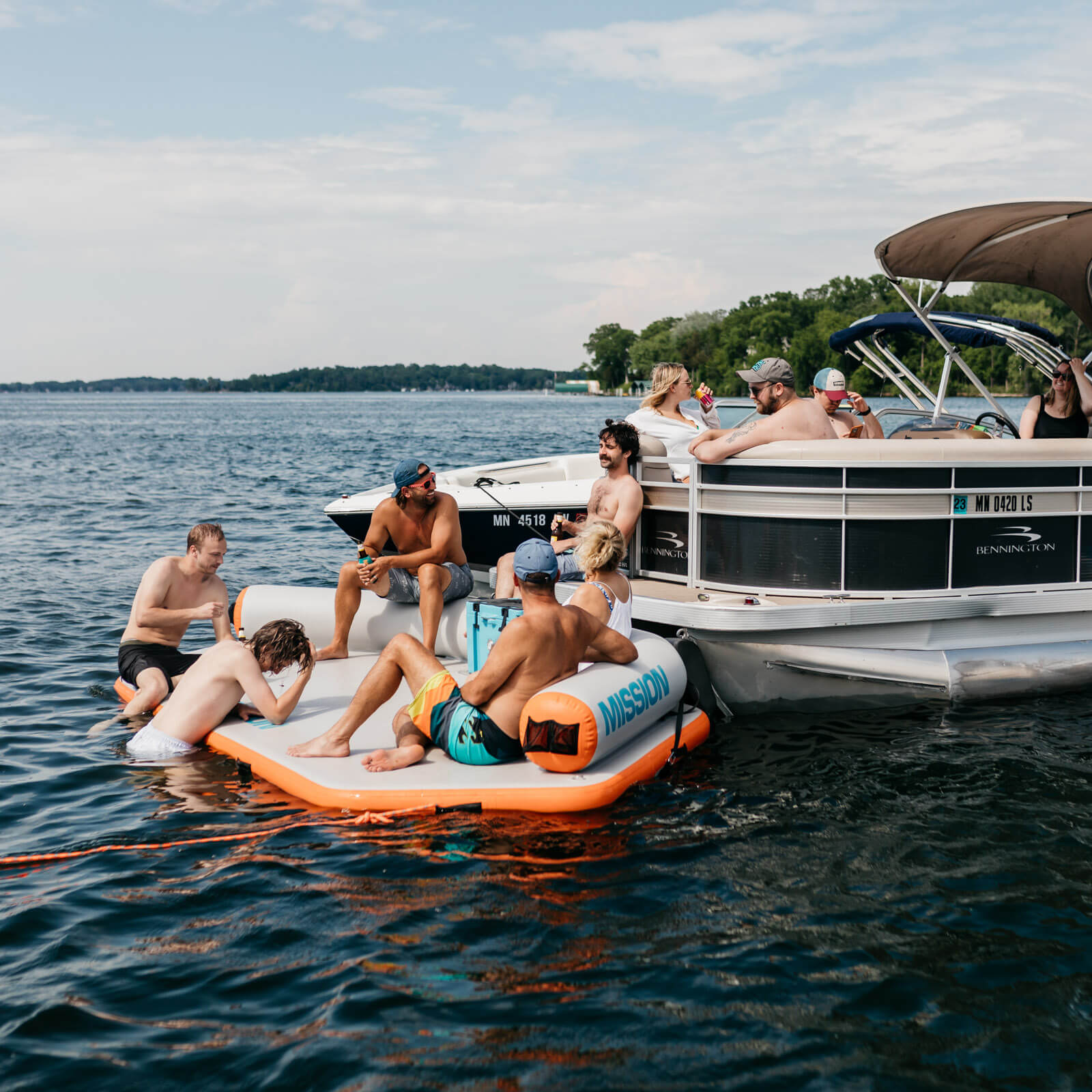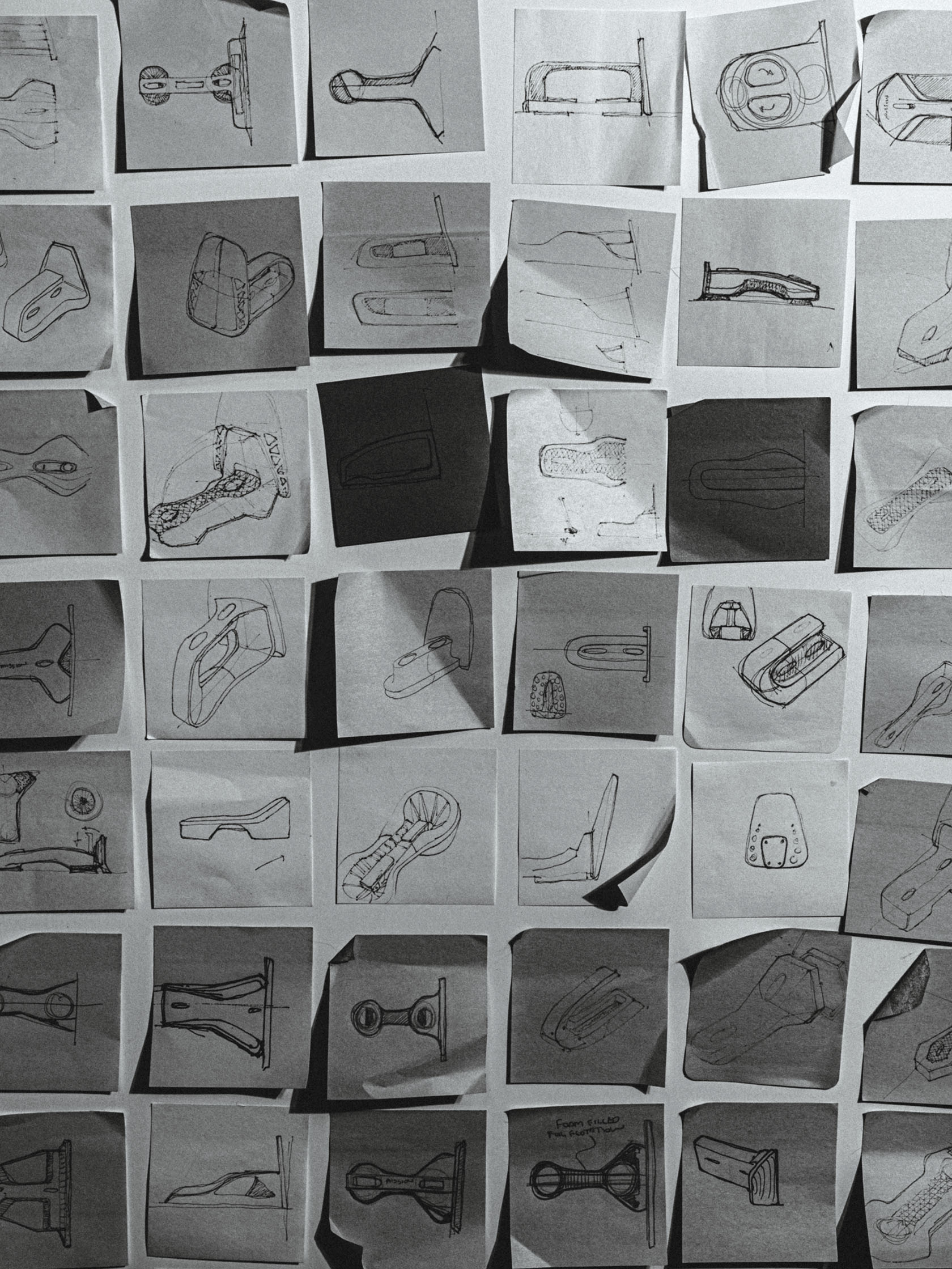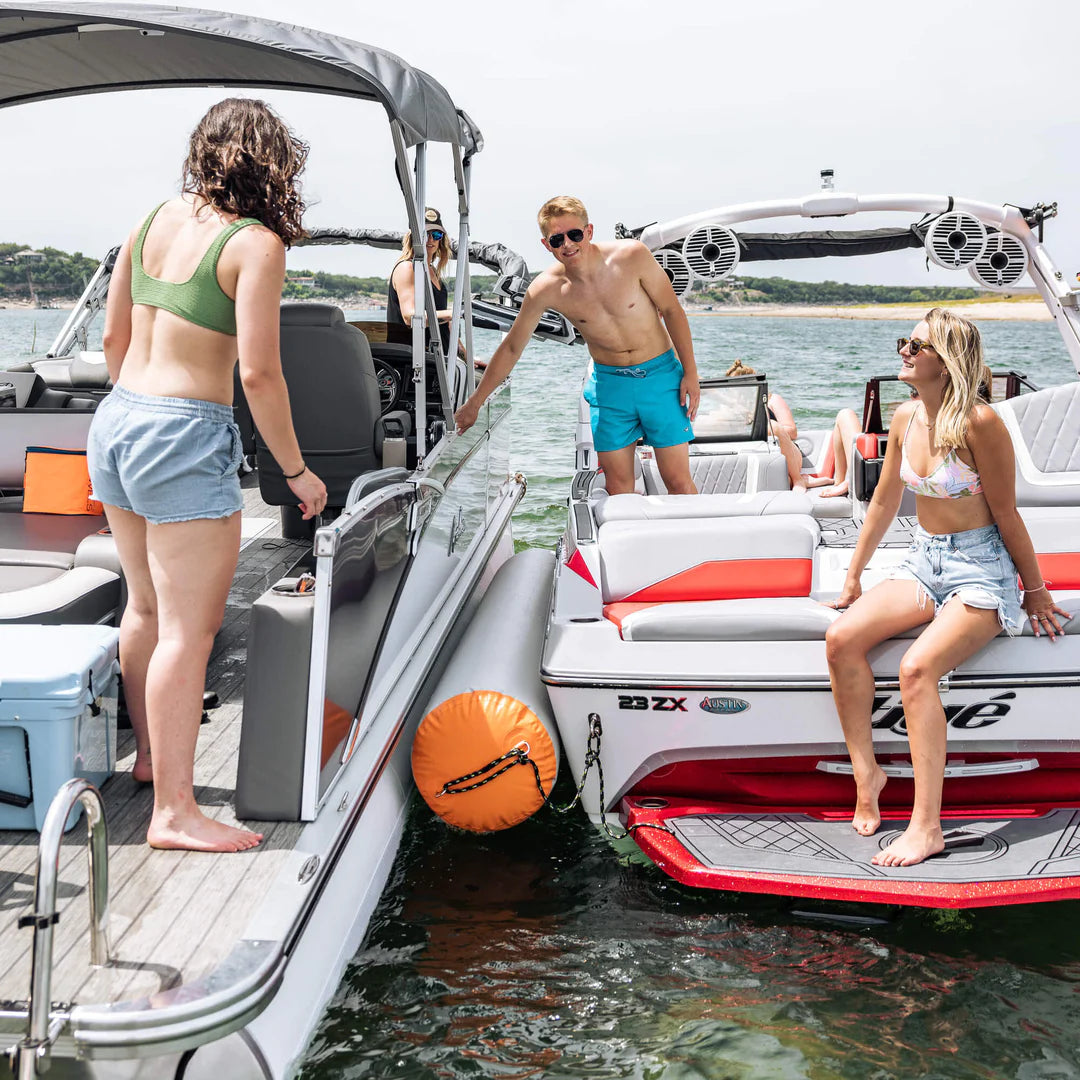Is Boat Etiquette a Thing? Yes. Here's What You Need to Know
Every time we hit the water, we’re there to have a good time. Whether we’re wakesurfing, fishing, or just cruising, boating is all about having fun – and it’s our responsibility to respect other people, wildlife, and the environment.
There are plenty of laws in place to help guide and keep us safe, but there are also some “unwritten rules” to keep in mind as well. If you’re new to boating or just need a refresher, below is a discussion to keep in mind the next time you’re out on the water.
So, here's our (productive) rant...
Responsibility
We share the water with other boaters, the animals who call these beautiful natural resources their home, and, in many cases, individuals who own property along the lakeshore. It’s every boater’s responsibility to help preserve these resources to the best of their ability.
Preserving shorelines
Shoreline erosion is what happens when sediment along the shores and coasts of our lakes, rivers, and oceans is removed. While shoreline erosion occurs naturally as a result of things like wind, tides, storms, etc., the process can be accelerated by human activity. Shoreline erosion can be detrimental to animal habitats, natural vegetation, and waterfront property. That’s why it’s important for every boater to be considerate of the impact they have on these environments so we all help to preserve the natural beauty and longevity of each body of water.
While we don’t have control over the wind or the tide, we do have some control over our boat’s wake. Laws have been created to set minimum operating distances from shore. In Minnesota, for example, the minimum allowable distance for operating a boat above 5MPH on lakes is 150 feet from shore, docks, and swim rafts.
But responsible boating means going above and beyond the minimum requirements. Staying farther away from shore gives your boat’s wake time to dissipate so the waves that eventually reach shore are minimized. We recommend maintaining a minimum of 300 feet from shore, which is the equivalent of a football field. It’s important to have fun out there, but it’s also important to observe the rules and be respectful of others. Do your part!
Preventing the transfer of invasive species
An invasive species is any plant, fish, crustacean, mollusk, or algae that’s not native to a certain environment and can harm the balance of delicate ecosystems like our lakes, rivers, and oceans if introduced.
If you trailer your boat, you should ALWAYS clean, drain, and dry it before getting back on the road. Head over to StopAquaticHitchhikers.org to learn more about the impacts of invasive species and what you can do to prevent them from traveling between bodies of water.
Protecting wildlife
Stay clear of any potential nests or animal habitats. Damaging them could injure or kill the animal or drive them out, which will have a negative impact on the larger ecosystem.
If you’re a freshwater boater, keep an eye out for birds, turtles, beavers, and other animals that live in or near the water.
If you’re a saltwater boater, be on the lookout for birds, turtles, and marine life that needs to surface for air like manatees and dolphins.
Getting in and out of the water
Before you even get to the boat launch, you should have your boat prepped and packed with everything you’ll need for the day. If you’re not prepared to launch your boat and clear the way for the next boater, you’ll create a bottleneck at crowded launches and negatively impact everyone’s fun. Don’t be that guy/gal!
The same goes for when you’re ready to call it a day. Don’t wait until you’re pulling up to the launch to start getting ready. Make sure your passengers are ready to disembark, have all your gear packed or stowed, and have your trash cleaned up and placed in a bag to keep it from flying away once you hit the road.
Helping out
We’ve all met those boaters who were definitely a sailor or seafarer in a past life. They know everything about anything and make being a boat captain look as natural as breathing. But even those people started off as newbies, and so did you. So, if you see another boater who’s having a rough go of things, ask if they need a hand. Don’t rush to assume that they’re being inconsiderate or breaking the rules on purpose. They might just not know any better.
Boating Rules Pop-Quiz
- If two boats are approaching one another head-on, which direction should they veer to avoid a collision?
- If a powerboat, sailboat, and canoe are all approaching the same narrow channel, what is the order for who has the right of way?
- If your boat is being overtaken (passed) by another boat, what should you do?
*Answers*
- To starboard (to the right) so that the port side of the two boats face one another.
- Canoe, sailboat, powerboat. Human-powered vessels always have the right of way. Sailboats have the right of way over powerboats. The powerboat to starboard has the right of way over other powerboats.
- Maintain course and speed unless doing so would create an unsafe situation. Don’t make any sudden changes in speed or direction unless absolutely necessary.
By keeping basic boating etiquette in mind, you’ll help to create a safer experience for every boater while sustaining the incredible habitats that we’re lucky enough to share with our animal friends.





